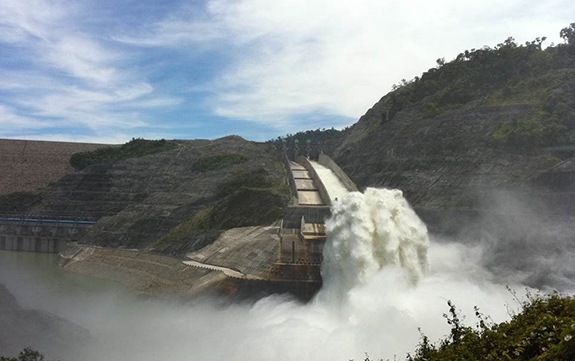Centrifuge facility to support geotechnical engineering at Sarawak

In Summary
- International Geotechnical Research Centre with Centrifuge Facility replicates the stress conditions of the real world in a lab
- It will be the largest and most modern facility in South-East Asia
- Expected to be up and running by end of 2018
With this facility, engineering research and construction can be brought down to an exact science no matter how challenging the geology is.
A new centrifuge facility to be built at Swinburne’s Sarawak campus in Malaysia will enable high-end research in geotechnical engineering to be carried out.
The International Geotechnical Research Centre with Centrifuge Facility will be the largest and most modern in South-East Asia.
Geotechnical engineering involves applying soil science and rock mechanics, engineering geology and other related disciplines to civil engineering design and construction.
Centrifuge is indispensable in modern geotechnical research. It is used to test models for complex problems such as:
- the strength and capacity of foundations for bridges and buildings
- settlement of embankments
- stability of slopes
- earth retaining structures
- tunnel stability
- seawalls
Geotechnical centrifuge technology
The geotechnical centrifuge replicates the stress conditions of the real world in the lab. It can magnify gravity and measure its effects.
“In ten hours the machine can show you how a bridge would hold in ten years because of the effects of water and soil,” says Associate Professor Wallace Wong, Director of Research, Consultancy and Future Projects, at Swinburne Sarawak Campus.
“We could, for instance, set up a model of a hydropower dam inside the centrifuge, and we can study the effect of the construction and performance of the dam to the geology and the other way around.
“It can also simulate an earthquake to see how the soil type responds to a natural disaster and from that data we can design our structures better.
“With this facility, engineering research and construction can be brought down to an exact science no matter how challenging the geology is.”
The centrifuge facility will be a flagship research facility for Malaysia. It will be available to national and international collaborators working on pressing engineering problems.
Construction of the facility is expected to start in June 2017. It is expected to be up and running by end of 2018.

